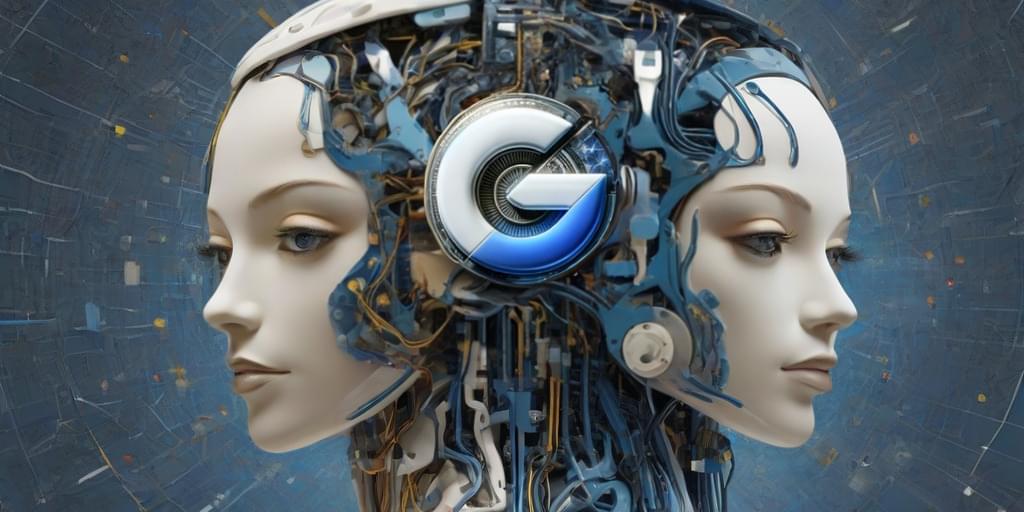How can including them change our understanding of AI?
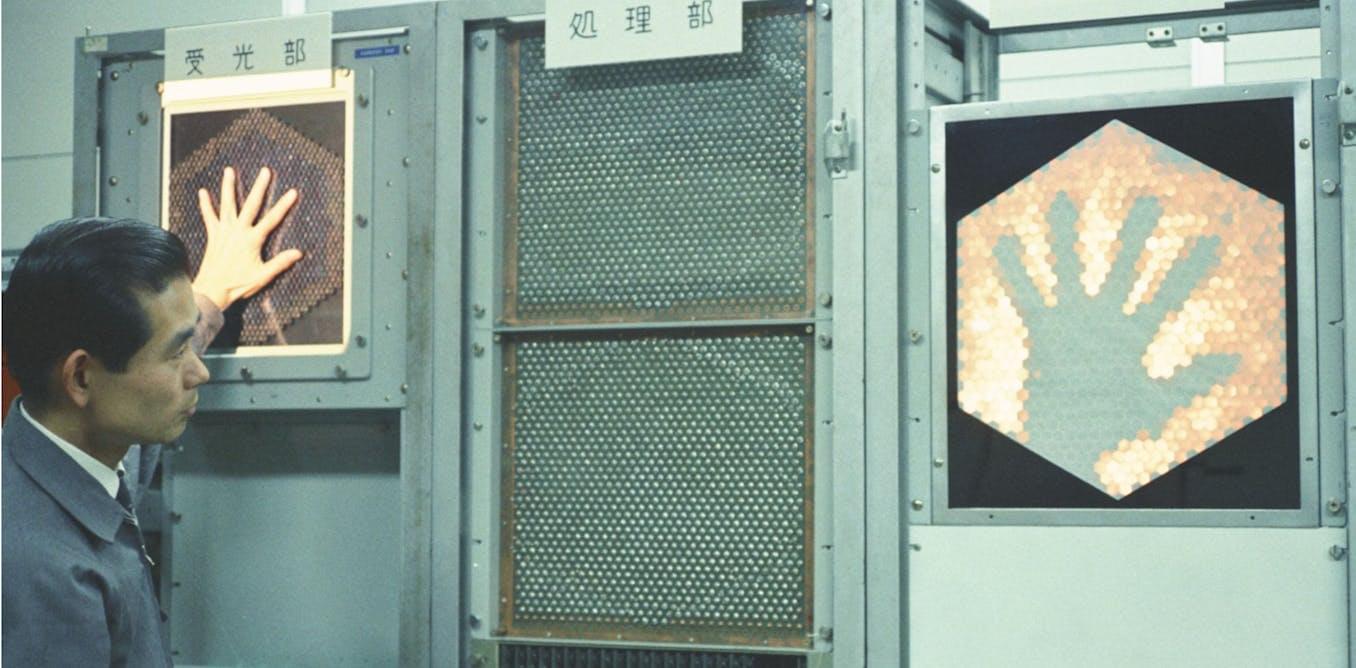

Brain activity in vocalizing budgerigar parrots showed a pattern that harkened to those found in the brains of people.

Join us for a fascinating interview with Art Ramon, an OmniFuturist and surrealist artist who bridges traditional oil painting with cutting-edge AI art techn…
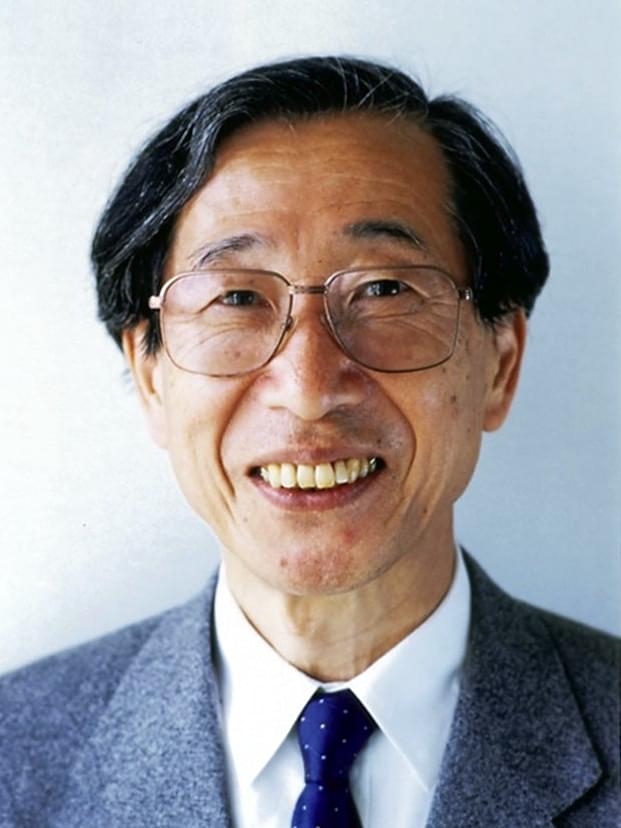
He majored in Mathematical Engineering in 1958 from the University of Tokyo then graduated in 1963 from the Graduate School of the University of Tokyo.
His Master of Engineering in 1960 was entitled Topological and Information-Theoretical Foundation of Diakoptics and Codiakoptics. His Doctor of Engineering in 1963 was entitled Diakoptics of Information Spaces.
Shun’ichi Amari received several awards and is a visiting professor of various universities.
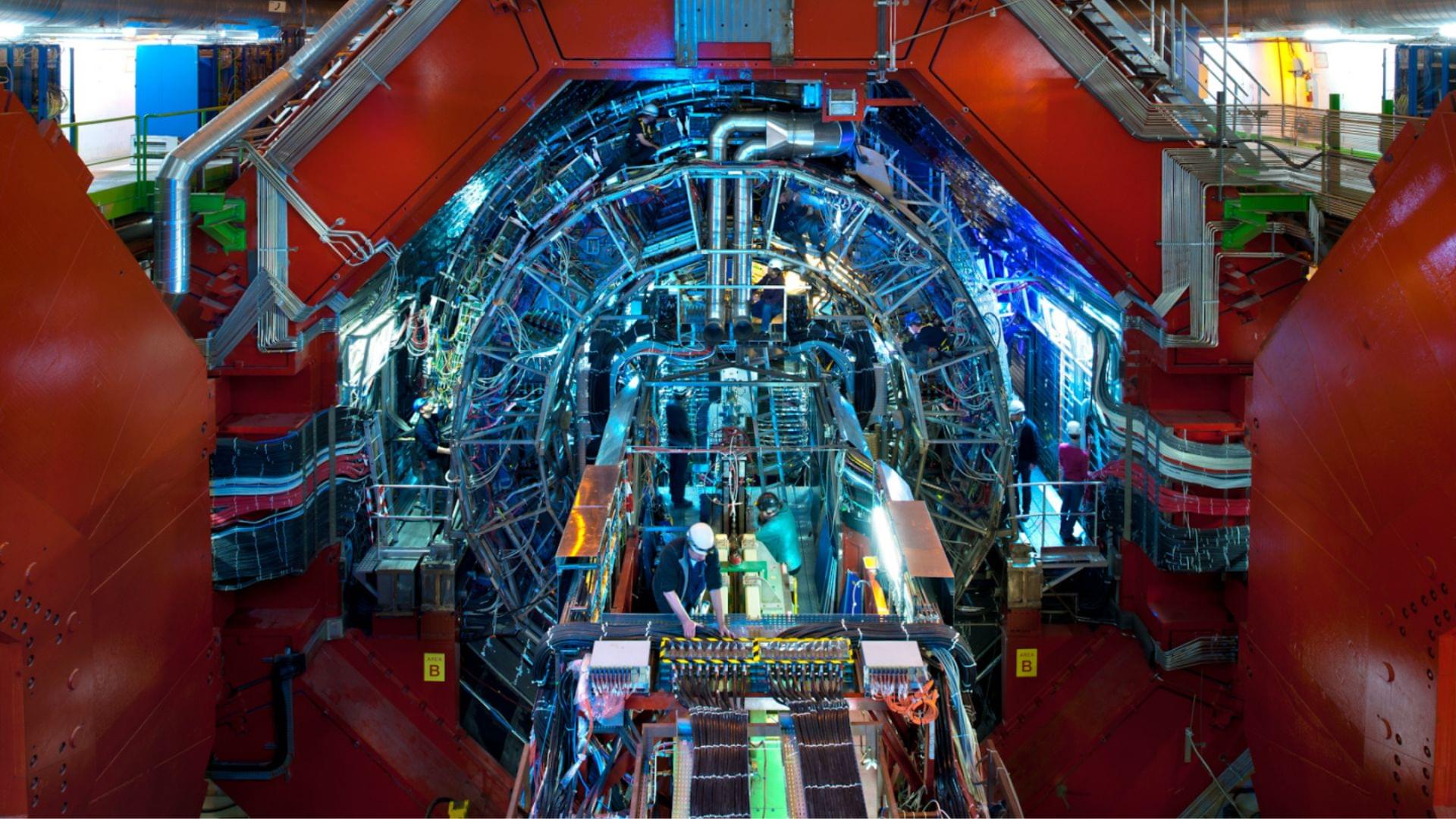
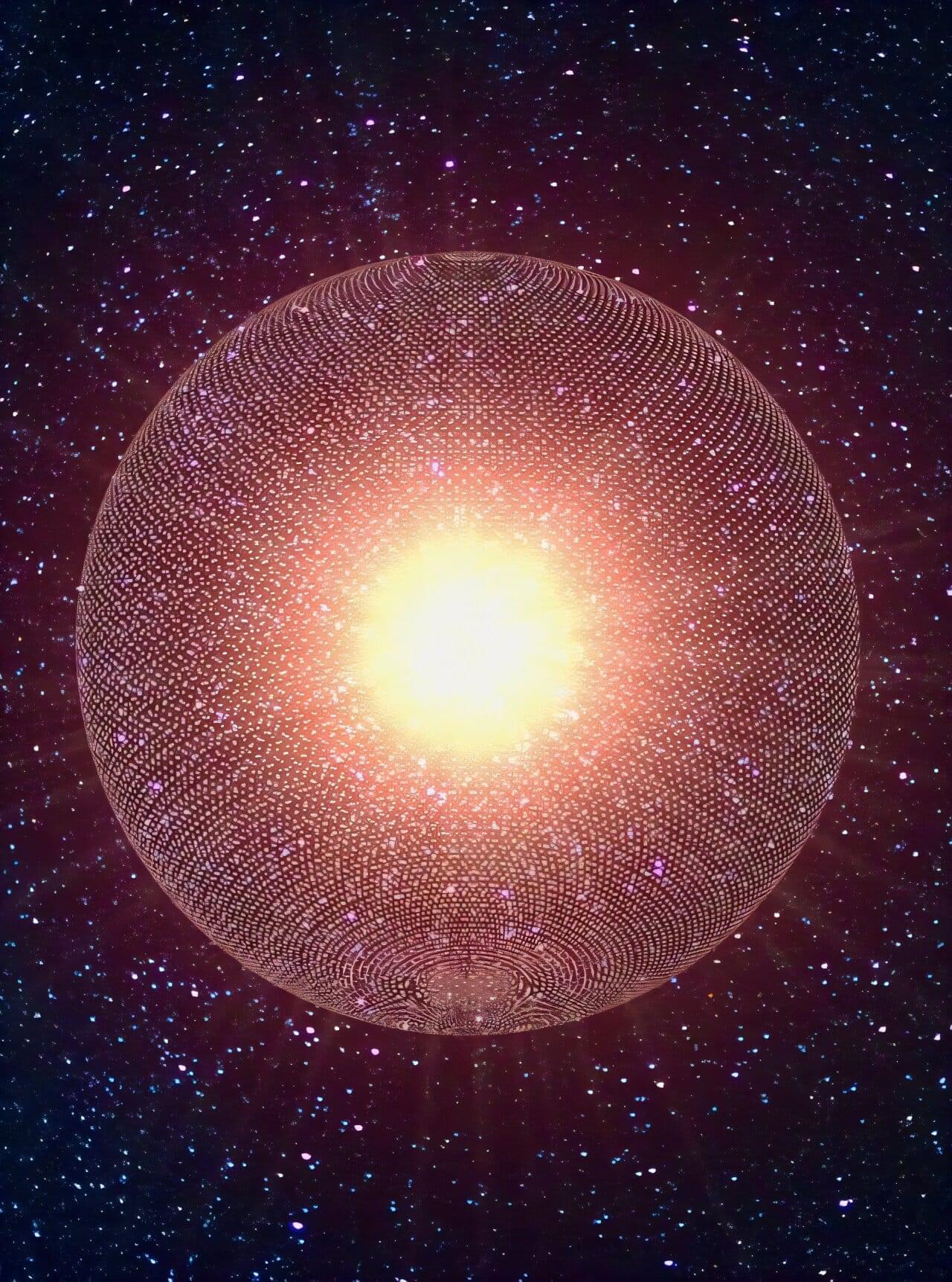
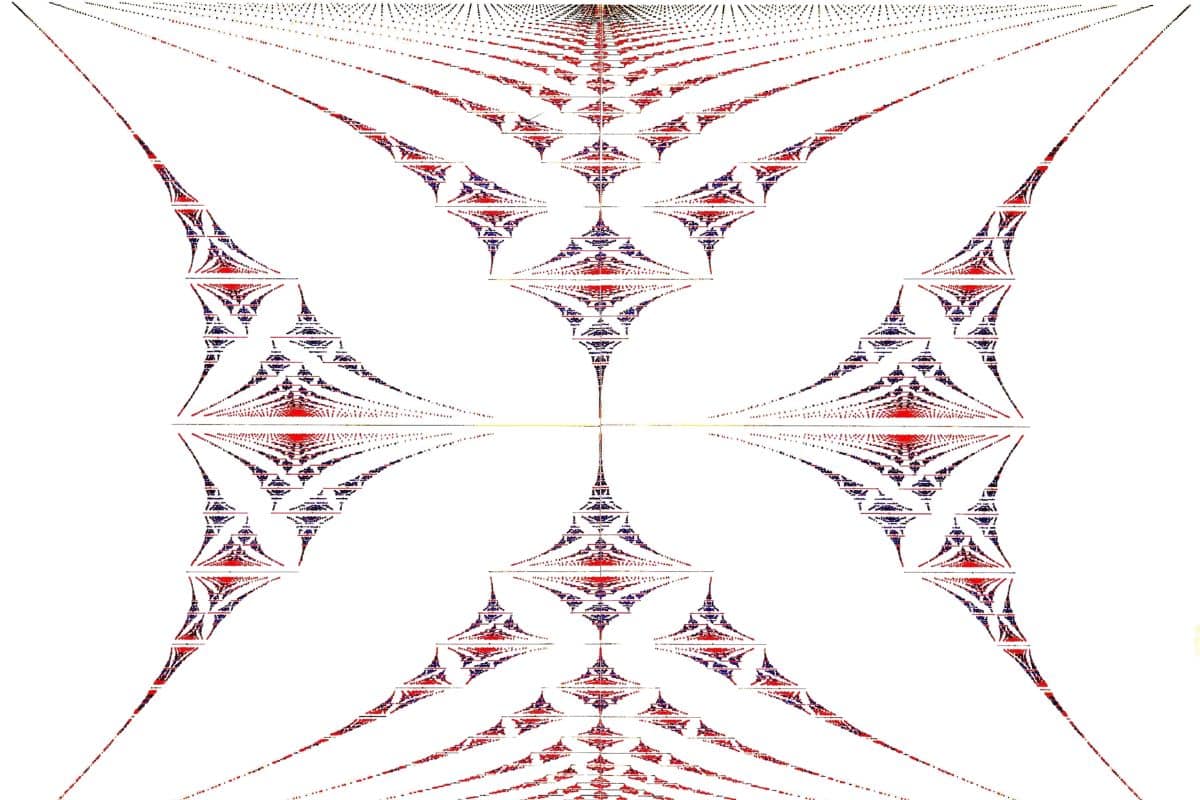
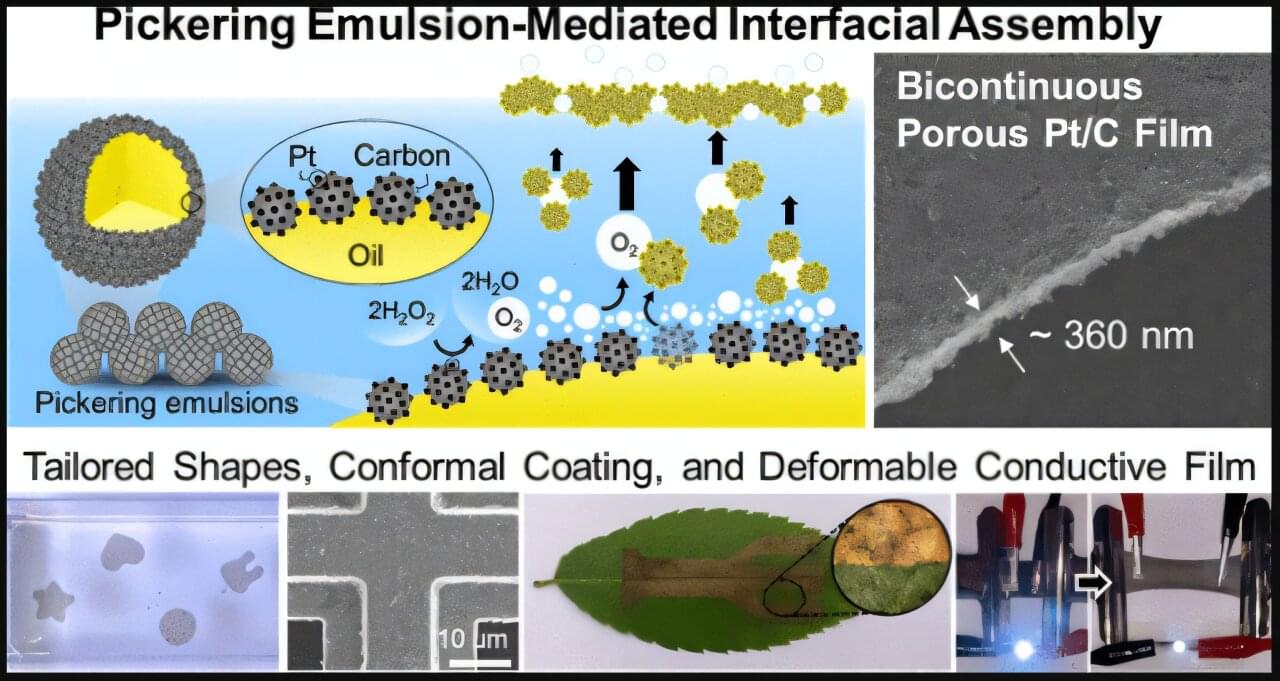
A new technology has been developed that enables the manufacturing of thin films, which typically require complex processes, using only water and oil in just one minute. Professor Kang Hee Ku and her research team from the School of Energy and Chemical Engineering at UNIST announced their novel process for creating catalytic thin films using oil droplets dispersed in water.
The developed technology involves a process in which nanomaterial precursors attached to the surface of oil droplets float to the surface of the water, where they assemble into a thin film. When hydrogen peroxide is added, it decomposes due to the thin film precursors, producing gas bubbles that cause the precursors to be lifted and assembled on the water surface within one minute.
This process allows for precise control of the thin film thickness, adjustable from 350 μm, and enables the synthesis of thin films covering an area of up to 100 cm² using various raw materials. The resulting thin films exhibit a porous structure with a high surface area, featuring exceptional mechanical strength and flexibility.
